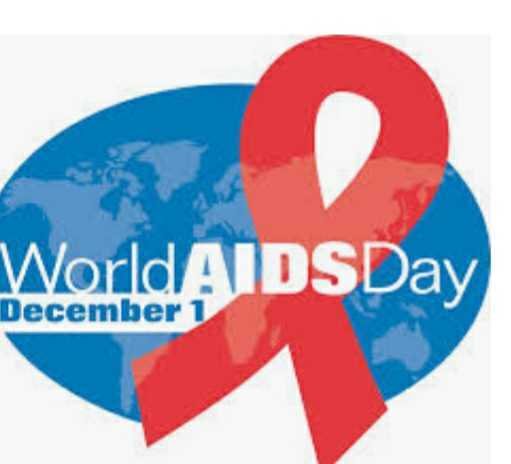| Washington D.C. November 30 (PAHO) – Annual deaths from AIDS-related illnesses declined by 37% from 2010 through 2019 in Caribbean countries while new yearly infections from the HIV virus dropped by 29%, the Pan American Health Organization (PAHO) said today.
Increased testing and improvement in delivery of lifelong antiretroviral treatment led to the decline in annual deaths from about 11,000 in 2010 to 6,900 in 2019, PAHO said, based on recently available data. The decline in infections resulted from various preventive measures including use of medications taken before and after contact with someone with HIV, which are known as PrEP (pre-exposure prophylaxis) and PEP (post-exposure prophylaxis). The number of infections dropped from about 18,000 in 2010 to 13,000 in 2019.
“In the last decade, the Caribbean countries have made significant progress in controlling HIV and AIDS,” said PAHO Director Carissa F. Etienne. “However the COVID-19 pandemic is now endangering this hard-won success. We must work harder to move forward along the road to entirely eliminating AIDS, which causes untold human suffering.”
Continuing stigma around HIV and AIDS, as well as unequal access to health services, also deter progress toward eliminating the disease.
Number of HIV diagnoses falls in first half of 2020
PAHO has evidence that since the pandemic struck, the number of people being tested for HIV in both the Caribbean and Latin America has dropped. In the first six months of 2020, there were about 4,000 fewer diagnoses of HIV in eight Caribbean and Latin American nations – Dominican Republic, Guatemala, Guyana, Haiti, Honduras, Jamaica, Peru, and Saint Lucia – than there were in the first six months of 2019. The decline in testing means that people with undiagnosed HIV are unaware of their situation and not getting lifesaving antiretroviral treatment, potentially exposing others to HIV transmission.
“COVID-19 poses a clear challenge to HIV prevention, testing, treatment and health care services,” said Cesar Nuñez, Regional Director for UNAIDS. “Any slowing down in provision of these services will leave many vulnerable populations at greater risk of HIV infection and AIDS-related death.”
“Luckily there are strategies to respond to these challenges, including self-testing and dispensing multiple months of medication at a time, which reduce the number of visits that patients must make to their health care providers,” he continued. “But we must make sure these strategies are being implemented.”
HIV self-testing, a strategy for scaling up diagnosis
WHO and PAHO recommend self-testing as a key strategy for reaching the UN goal of having 90% of people with HIV know their status. Self-testing, in which individuals collect their own specimens and test them, increases patient autonomy, decentralizes HIV services, and creates demand for HIV testing among those who have not been reached by other services.
For World AIDS on Dec. 1, PAHO and UNAIDS are launching a widespread public information campaign to increase awareness about the availability of self-testing and, as a result, demand for it.
In another sign of long-term progress in the Caribbean, the percentage of children born to mothers with HIV who are infected with the virus declined to 12% in 2019 from 22% in 2010.
The finding coincides with the elimination of mother-to-child transmission of HIV and syphilis in Cuba, Anguilla, Antigua and Barbuda, Bermuda, Cayman Islands, Montserrat, St. Christopher and Nevis, and most recently Dominica in 2020. These extraordinary achievements also appear to be under threat due to COVID-19 and must be protected during this phase of intense response to the pandemic.
Progress against HIV/AIDS
Other key recent findings, highlighted by PAHO to coincide with World AIDS Day, include:
- The percentage of people with HIV who receive antiretroviral treatment rose to 63% in 2019 in the Caribbean, compared to 22% in 2010.
- The percentage of women with HIV who are getting lifelong antiretroviral treatment, which decreases the risk of their children being infected, rose to 86% in 2019 in the Caribbean, compared to 42% in 2010.
- The percentage of children with HIV who are receiving antiretroviral treatment rose from 42% in 2017 in the Caribbean to 44% in 2019.
- Among people living with HIV in both Latin America and the Caribbean, 53% have been able to control the amount of virus in their system through antiretroviral treatment.
About 330,000 people in the Caribbean are living with HIV. As part of the UN’s sustainable development goals (SDGs), PAHO is working with countries in Latin America and the Caribbean to end HIV as a public health threat by 2030. |

